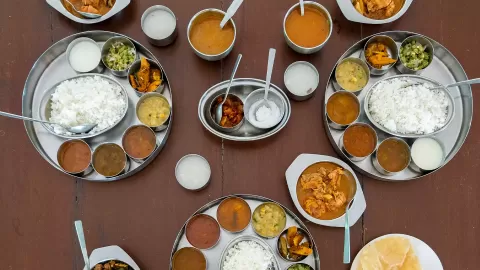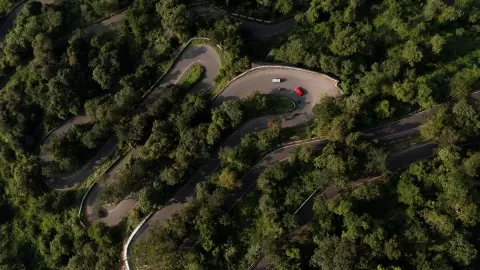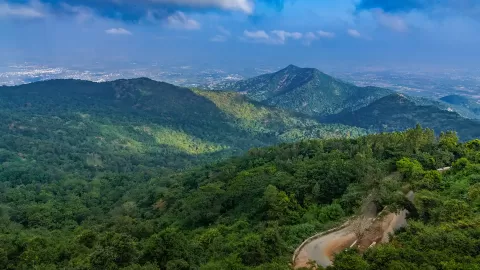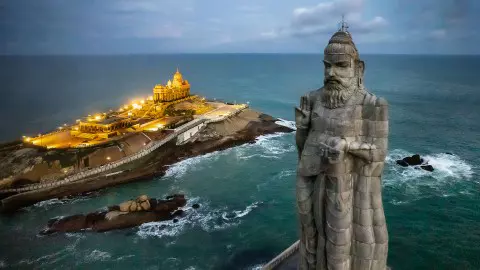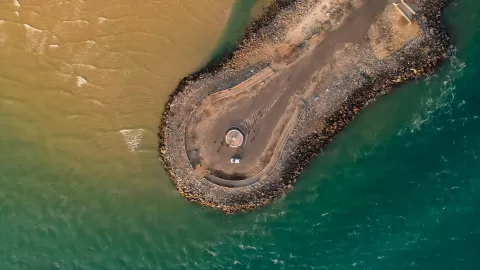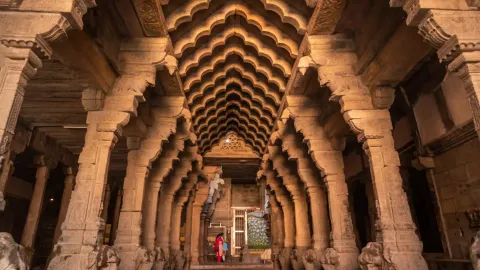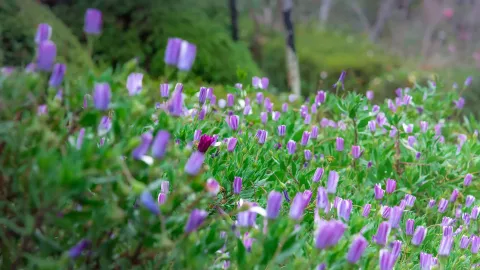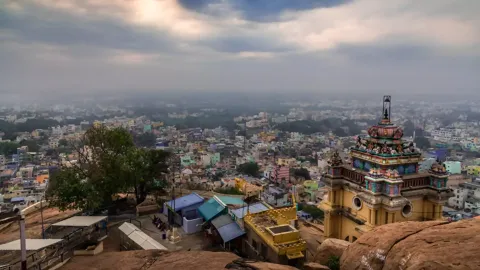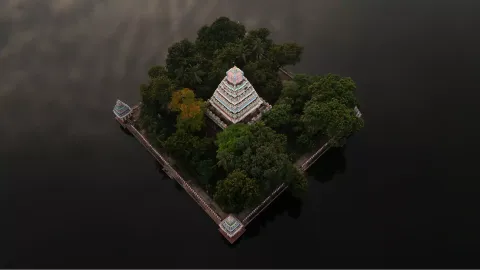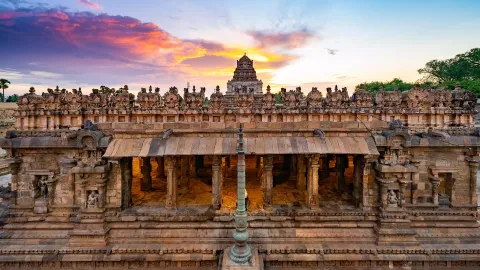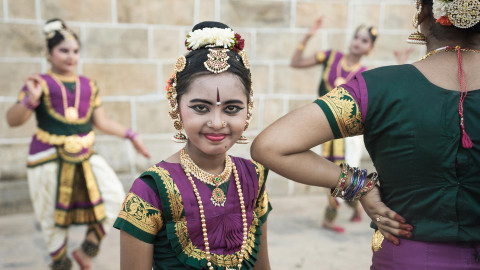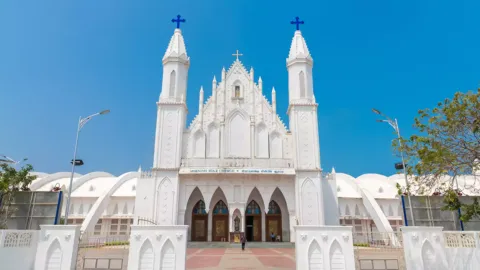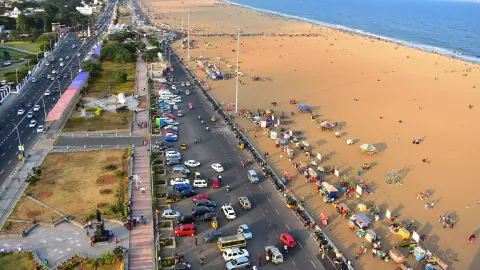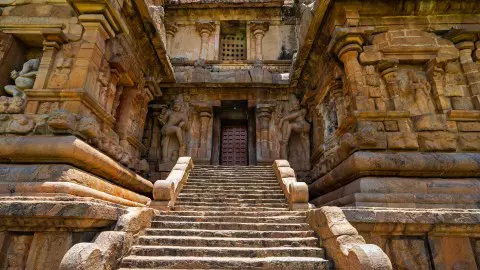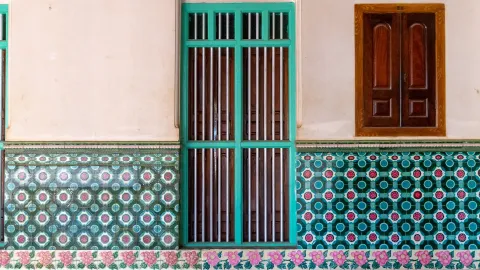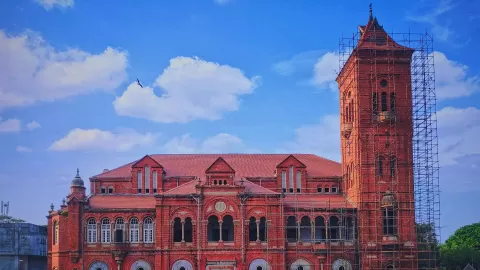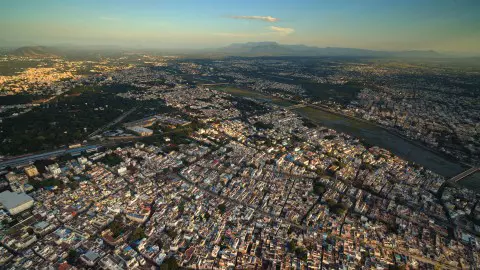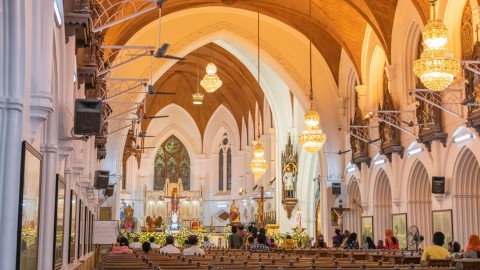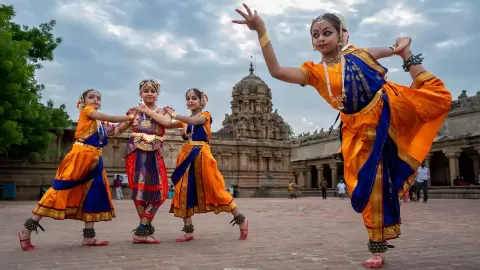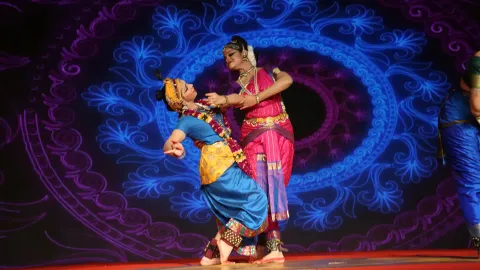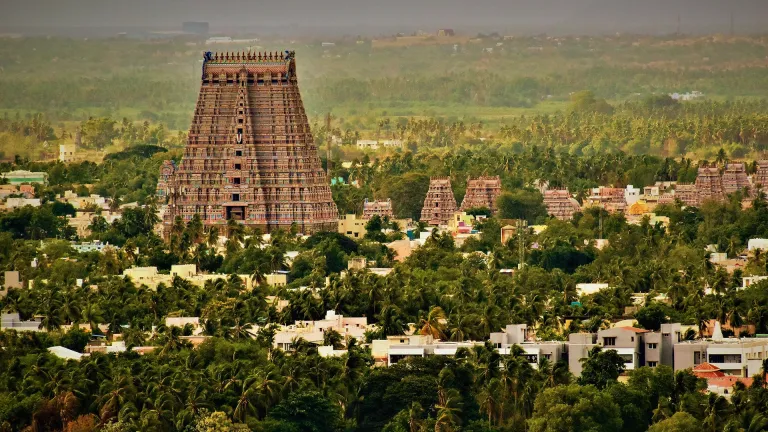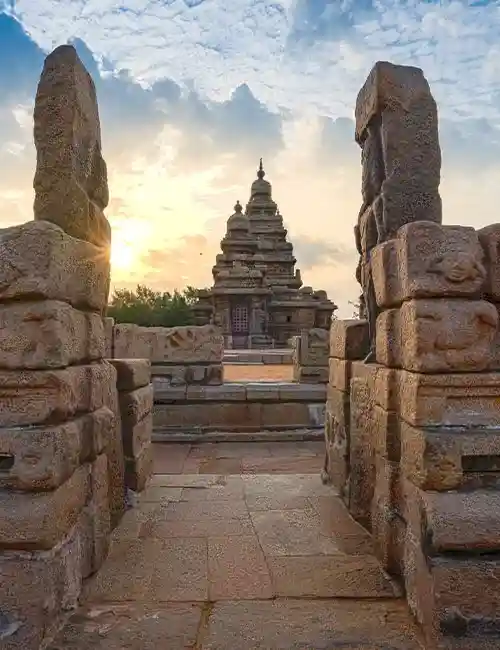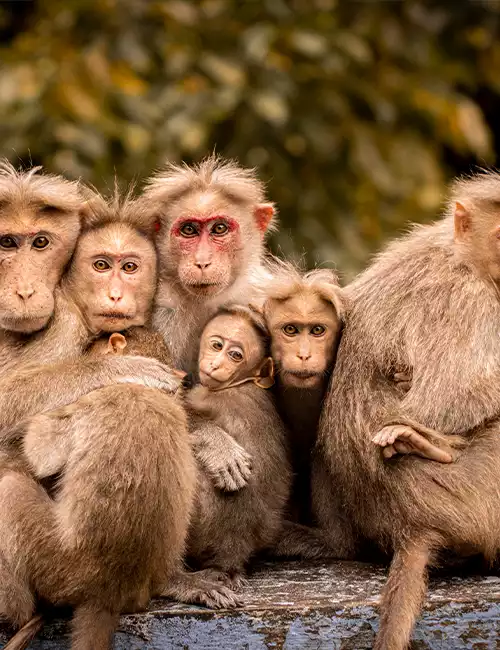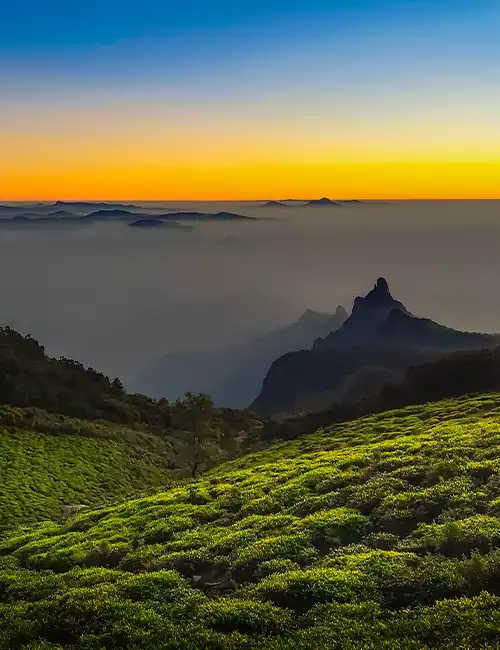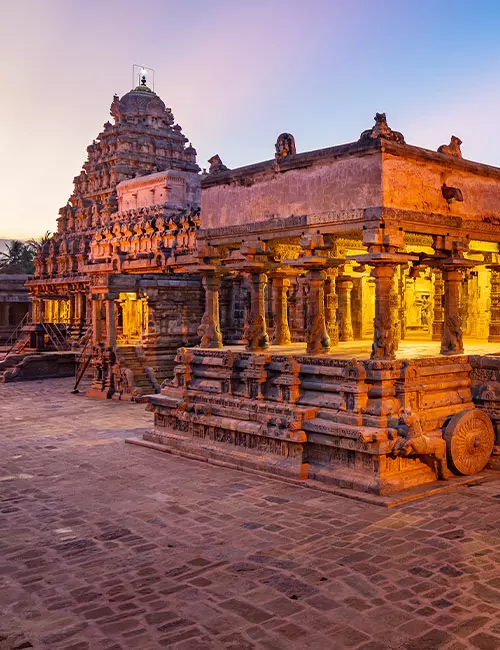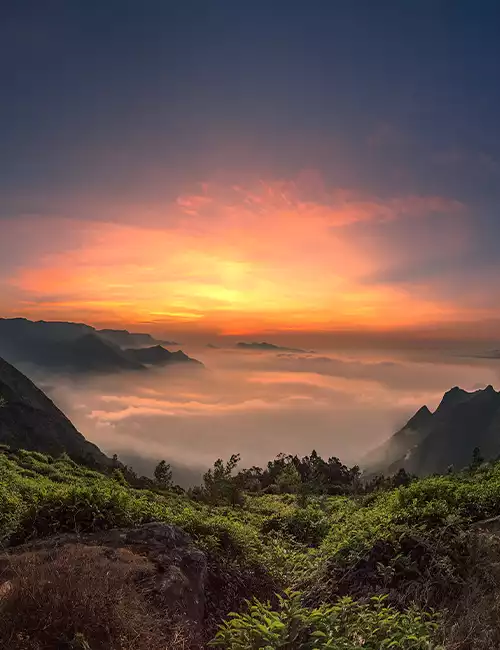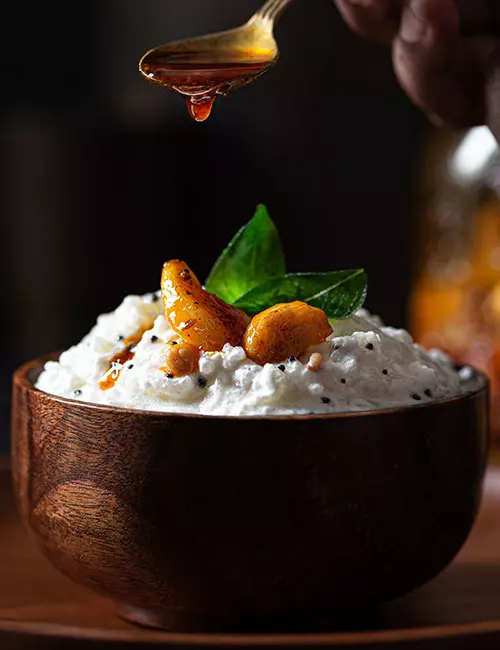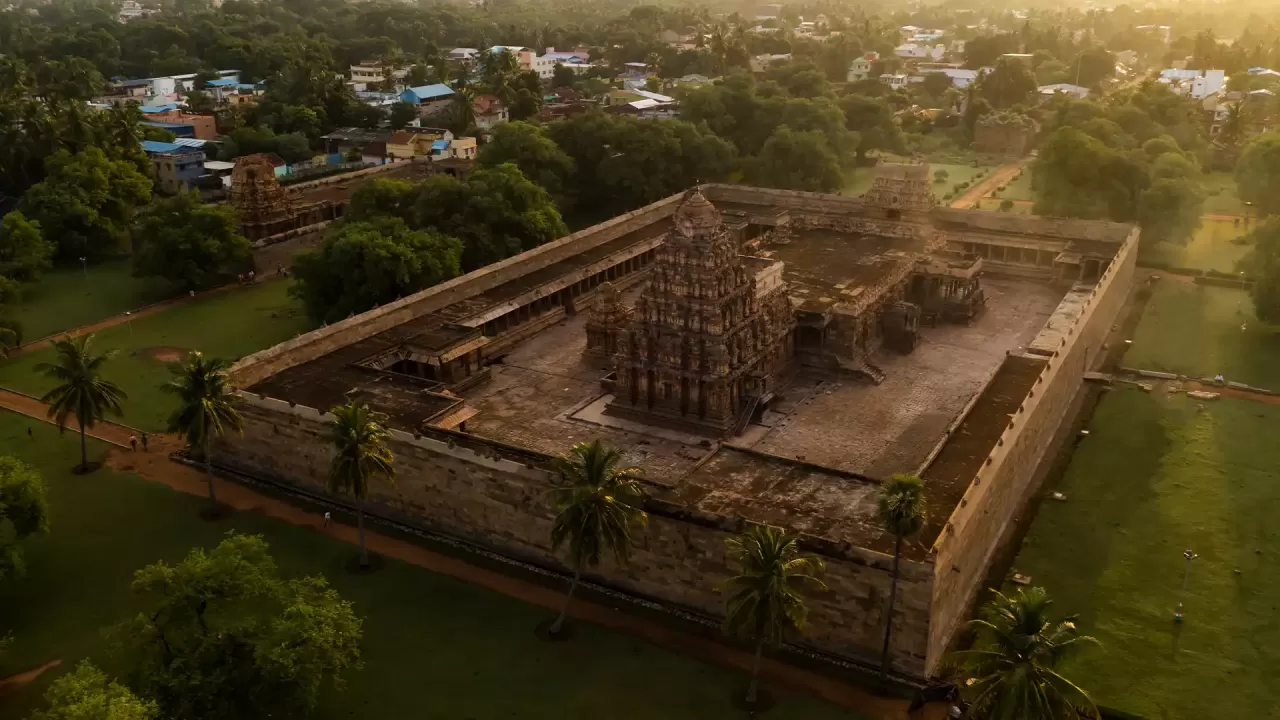
The great Chola king, Rajaraja II (1143 CE –1173 CE), built the Airavatesvara Temple in Darasuram, which is ranked only third after the two famed Chola temples of Thanjavur and Gangaikondacholapuram. Read more...
The temples of Tamil Nadu serve as torch-bearers for much of the state's unique culture and traditions and are as vibrant and richly varied as the state itself. This is because every dynasty that ruled over the land brought its own values and influences into its infrastructural endeavours
The Royal Cholas of South India had a magnificent reign that dates back to the 3rd century BCE and held strong until the 13th century CE. The later Chola kings were not only great warriors and capable administrators, but also prolific architects, which is evident from the numerous exquisite temples that dot the landscape of Tamil Nadu.
The great Chola king, Rajaraja II (1143 CE –1173 CE), built the Airavatesvara Temple in Darasuram, which is ranked only third after the two famed Chola temples of Thanjavur and Gangaikondacholapuram. Despite being smaller than the other two, the Airavatesvara temple contains artistic marvels that set it apart, exemplifying the Chola dynasty's remarkable achievements in the fields of art, sculpture, and architecture.
According to legend, the Airavatesvara temple was named after the white elephant who prayed in this temple, Airavat, who belonged to the king of heaven, Indra. One myth says that Airavat was cursed by the rishi Durvasa during the Samudra Manthan (churning of the ocean by the gods and demons together) such that its white skin became black. Then while praying and washing in this temple’s tank, the myth says that Airavat regained his lost white colour. According to another myth, Yama (the god of death) was cursed by a rishi to have a never-ending burning sensation but by praying here and bathing in the temple tank, he was able to free himself from the curse
According to various records, the temple once had seven walled tiers that were destroyed during invasions by the Delhi Sultanate armies led by Malik Kafur (1311 CE), Khusrau Khan (1314 CE), and Muhammad Bin Tughlaq (1327 CE), the remnants of which can still be seen in bits and pieces among the scattered ruins. When entering the temple, one notices a big gopura a little distance from the Nandi mandapa and baali-peetha, the upper portion of which has been completely damaged. Its magnificence, however, can be imagined based on the smaller gopura that stands inside and has been preserved in its entirety.
While Thanjavur and Gangaikondacholapuram temples make an impression with their sheer enormity, this one compensates for its diminutive stature with its intricacy. The smaller gopuram that serves as the entranceway has a row of pillars with beautiful ganas, surasundaris, and other motifs. A big Nandi mandapa and a smaller bali-peetha with magnificent lotus-petal carvings stand in front of it. To prevent people from walking on the bali-peetha's melodic stairs, they have been locked and covered with an iron grill. The baali- peetha's staircase blends in with the temple's sculpted panels, which are embellished with miniature dancing figures. The fundamental concept of this temple's embellishment is a condition of everlasting joy and enjoyment, which is expressed through music and dancing.
Beautifully sculpted couchant bulls can also be seen from outside the temple's gate on the prakara, or outer wall. On the inside of the prakara that runs around the paved courtyard and surrounds the temple, there are pillared cloisters with cells in between for deities. These cloisters have been enlarged and transformed into mandapas in each of the four corners. The famed 'Rishaba Kunjaram' sculpture, which depicts the conjoined heads of a bull and an elephant with distinct bodies, is carved on the railing of one of the staircases leading to the pillared portico.
Another remarkable aspect of this temple is the miniature panels with inscriptions that narrate stories about the 63 Nayanmars (Shaiva saints), further demonstrating the strong connection of the Cholas to Shaivism. Surprisingly, some of the panels even include scenes from everyday life, such as ladies in yoga poses, a lady giving birth to a child with the assistance of female attendants, and so on. A separate sanctum for the Devi (Devanayaki Amman temple) was built subsequently.
At this point, it must be apparent that we’ve only touched the surface in terms of the various intricate embellishments and stories covering every inch of this mythical, magical temple. Not only is it a place for spiritual convergence but it is actually a storyteller’s paradise with its various depictions of mythological stories and contemporary lifestyles from that era which, if observed with a keen eye, could keep one entertained for several hours easily. You could assume you know what you’re missing out on if you haven’t visited this temple yet or you could come here to write your own stories as you set out to interpret & uncover the innumerable stories etched in stone here from a bygone era of Chola power & prosperity.
